Sports
Kaua'i skateboarders eagerly await new skateparks after reveal of 'unbelievable' designs
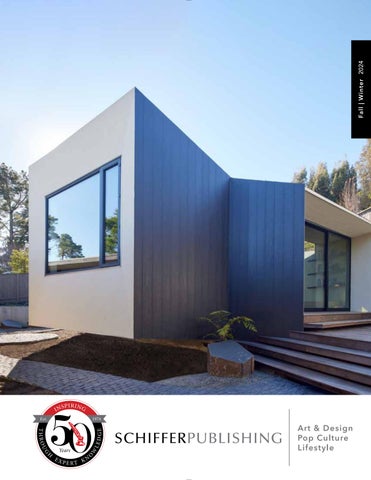


“Growing up, skating was an outlet for me and my friends to express ourselves,” Kawakami said. “These skateparks in Nāwiliwili and Hanapēpē will allow our keiki to meet like-minded people and skate in a safe and fun environment.”
The county will also meet with other regular Nāwiliwili Beach Park users, including pickleball players, Pop Warner football teams, high school athletes and the nearby business community, in addition to hosting public comment periods.
Dreamland Skateparks, an Oregon-based company owned and operated by Danyel and her husband Mark “Red” Scott, has been subcontracted by PBR Hawai‘i & Associates to design and construct the Hanapēpē and Nāwiliwili sites. Kaua‘i County contracted PBR to build the skateparks and other projects like a pickleball court, also slated for Nāwiliwili Beach Park.
Dreamland may break ground in Hanapēpē this summer at the absolute earliest, Kaua‘i County parks planner Nancy McMahon said.
“We didn’t get as many changes as we thought we might,” Scott said. “In general, all of it was really well received.”
The skateparks will be paid for with county general funds, a Kaua‘i County spokesperson said in July 2024. At that time, preliminary figures estimated the Nāwiliwili skatepark will cost million. The Hanapēpē was estimated to cost between 0 and 0 thousand.
The planned Hanapēpē skatepark will encompass 10,000 square feet and replace the site’s wooden “pop-up” halfpipes, which will be refurbished and relocated to Kōloa on the South Shore.
Construction of the Nāwiliwili skatepark will occur in 2026 or 2027, because the project carries a major special management area permit (as opposed to a minor permit) due to its projected high cost. The permit requires the completion of an environmental assessment, and flora, fauna and archaeological studies.

The skatepark in Nāwiliwili Beach Park will cover 30,000 square feet fronting Kalapaki Bay. It will be built with certain depth and height standards in mind, so it can be used as a competitive “championship skatepark.”
Today, 26-year-old Dillberg is an accomplished skateboarder sponsored by Tactics Boardshop in Oregon, where he lived for several years before returning home to Kaua‘i in May.
Last weekend marked Dreamland’s last round of public design meetings. But those with questions about the in-progress skateparks may still contact Dreamland through dreamlandskateparks.com and its Instagram account, @dreamlandskateparks.
Last week, Kaua‘i County and these contractors hosted a final round of public meetings dedicated to the design elements of the planned skateparks.
Dozens of community members like Dillberg turned out to ask questions and make suggestions. Attendees in Nāwiliwili on Sunday huddled against wind and rain to study concept illustrations and sketch possible alterations on notepaper.

Hanapēpē is set to include features catering to all age groups and skill levels. Multiple colors, textures and skateable artworks — like waves, turtles, volcanoes and a “shaka” hand gesture — will enliven the cement environments.
Asher Dillberg was just 2 years old when he opened a Christmas present that was almost as tall as him — a skateboard with bright red wheels.
He is among the many island residents of all ages eagerly awaiting public skateparks planned to be built at Hanapēpē Town Park and Nāwiliwili Beach Park.
Kauaʻi County has a well-known skateboarder advocating for the parks: Mayor Derek Kawakami. He selected the Nāwiliwili build site, multiple project personnel said.
Danyel, Mark and their employees also are passionate skateboarders. Since the Scotts founded Dreamland 26 years ago, the company has designed and built skateparks throughout the United States and around the world.
The Garden Isle is already home to some skateboard infrastructure, including a bustling skatepark at the Bryan J. Baptiste Sports Complex in Kapa‘a and a smaller site in Līhu‘e.
“A lot of what we’ll get at Hanapēpē is going to be stuff that we’ve never really gotten to have on Kaua‘i,” Dillberg said. “And, at Nāwiliwili, the whole park is unbelievable.”
Sports
What to know about Kentucky, Wisconsin volleyball’s Final Four foe
Updated Dec. 17, 2025, 8:29 a.m. CT
The 2020 and 2021 NCAA volleyball national champions will be vying for a spot in the 2025 national championship match.
Wisconsin, of course, won the 2021 national championship. Kentucky won the 2020 national championship. Neither team has been playing on the final day of the season since then.
That will change as the Badgers and Wildcats face off in the NCAA regional semifinals on Thursday, Dec. 18, at the T-Mobile Center in Kansas City. The match will start roughly 30 minutes after the conclusion of the Pittsburgh-Texas A&M match, which will start at 5:30 p.m.
Sports
NCAA women’s volleyball championship: All-time winners list
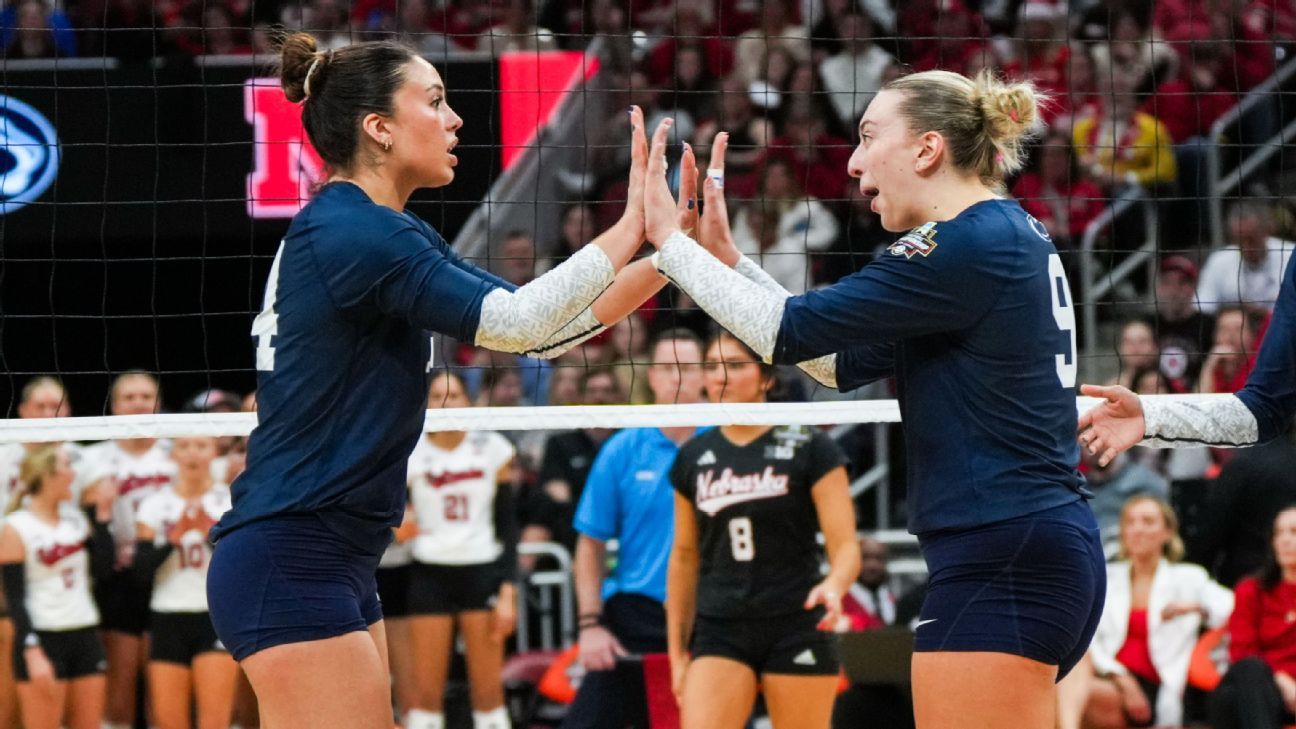
The 2025 NCAA women’s volleyball championship will take place from Dec. 18-21 at the T-Mobile Center in Kansas City, Missouri. The 2025 Final Four teams heading to Kansas City are Pittsburgh (Pitt), Kentucky, Texas A&M and Wisconsin.
In 2024, Penn State defeated Louisville to take home the title. Stanford has the most all-time championships, with nine titles to its name. Penn State takes second place with eight, followed by Nebraska in third with five.
Check out the all-time winners list for the NCAA women’s volleyball championship below:
2024: Penn State
2023: Texas
2022: Texas
2021: Wisconsin
2020: Kentucky
2019: Stanford
2018: Stanford
2017: Nebraska
2016: Stanford
2015: Nebraska
2014: Penn State
2013: Penn State
2012: Texas
2011: UCLA
2010: Penn State
2009: Penn State
2008: Penn State
2007: Penn State
2006: Nebraska
2005: Washington
2004: Stanford
2003: Southern California
2002: Southern California
2001: Stanford
2000: Nebraska
1999: Penn State
1998: Long Beach State
1997: Stanford
1996: Stanford
1995: Nebraska
1994: Stanford
1993: Long Beach State
1992: Stanford
1991: UCLA
1990: UCLA
1989: Long Beach State
1988: Texas
1987: Hawai’i
1986: Pacific
1985: Pacific
1984: UCLA
1983: Hawai’i
1982: Hawai’i
1981: Southern California
For more NCAA updates, check out the ESPN hub page with scores, rankings and more.
Sports
Forty-One Sun Belt Volleyball Student-Athletes Earn Academic All-District Honors

NEW ORLEANS – Forty-one Sun Belt Conference volleyball student-athletes have been selected to the 2025 Academic All-District® NCAA Division I Volleyball Team.
Four Sun Belt volleyball student-athletes selected as Academic All-District® honorees were selected for advancement to the national ballot to be voted on by CSC members including App State’s Maya Winterhoff, Georgia Southern’s Kirsten Barrett and Reagan Barth and Texas State’s Samantha Wunsch.
Student-athletes selected as CSC Academic All-America® finalists are denoted with an asterisk and will advance to the national ballot to be voted on by CSC members. First-, second- and third-team Academic All-America® honorees will be announced January 13, 2026.
The 2025 Academic All-District® Volleyball teams, selected by College Sports Communicators, recognize the nation’s top student-athletes for their combined performances on the court and in the classroom. The CSC Academic All-America® program separately recognizes volleyball honorees in four divisions — NCAA Division I, NCAA Division II, NCAA Division III and NAIA.
To qualify for All-District honors, a student-athlete must maintain a grade-point average of 3.50 or better and compete in at least 90% of the institution’s matches OR have started at least 66% of the institution’s matches.
For more information about CSC Academic All-District® and Academic All-America® Teams program, visit AcademicAllAmerica.com.
Sun Belt Academic All-District Selections
Lou Johnson, App State
Maya Winterhoff*, App State
Addison Heidemann, App State
Ali Morris, App State
Erin Madigan, Arkansas State
Devyn Lewis, Arkansas State
Libby Gee-Weiler, Arkansas State
Addison Collum, Arkansas State
Anna Rita, Coastal Carolina
Emma Van Elslande, Coastal Carolina
Ava Wallis, Coastal Carolina
Emily Fowler, Coastal Carolina
Mayte Camacho, Georgia Southern
Lydia Seymour, Georgia Southern
Kirsten Barrett*, Georgia Southern
Reagan Barth*, Georgia Southern
Shanelle Martinez, Georgia State
Nazli Guvener, Georgia State
Alessia Cappai, Georgia State
Grace Wenrich, James Madison
Rebecca Watkins, James Madison
Julia McNeley, James Madison
Elli Barry, Marshall
Marae Reilly, Marshall
Bella Thompson, Marshall
Kate Kilpatrick, Old Dominion
Adrienne Peji, Old Dominion
Elisa Maggi, Old Dominion
Lillie Johnson, Southern Miss
Morgen Durgens, Southern Miss
Brynn Botkin, Southern Miss
Sadie McAda, Southern Miss
Brooke Bentke, Texas State
Anna Blaine, Texas State
Bailey Hanner, Texas State
Samantha Wunsch*, Texas State
Amiah Butler, Troy
Kalina Calvillo, Troy
Jaci Mesa, Troy
Olivia Kwiatkowski, Troy
Morgan Howard, ULM
Sports
Track and Field Announces 2025-26 Indoor Track and Field Schedule
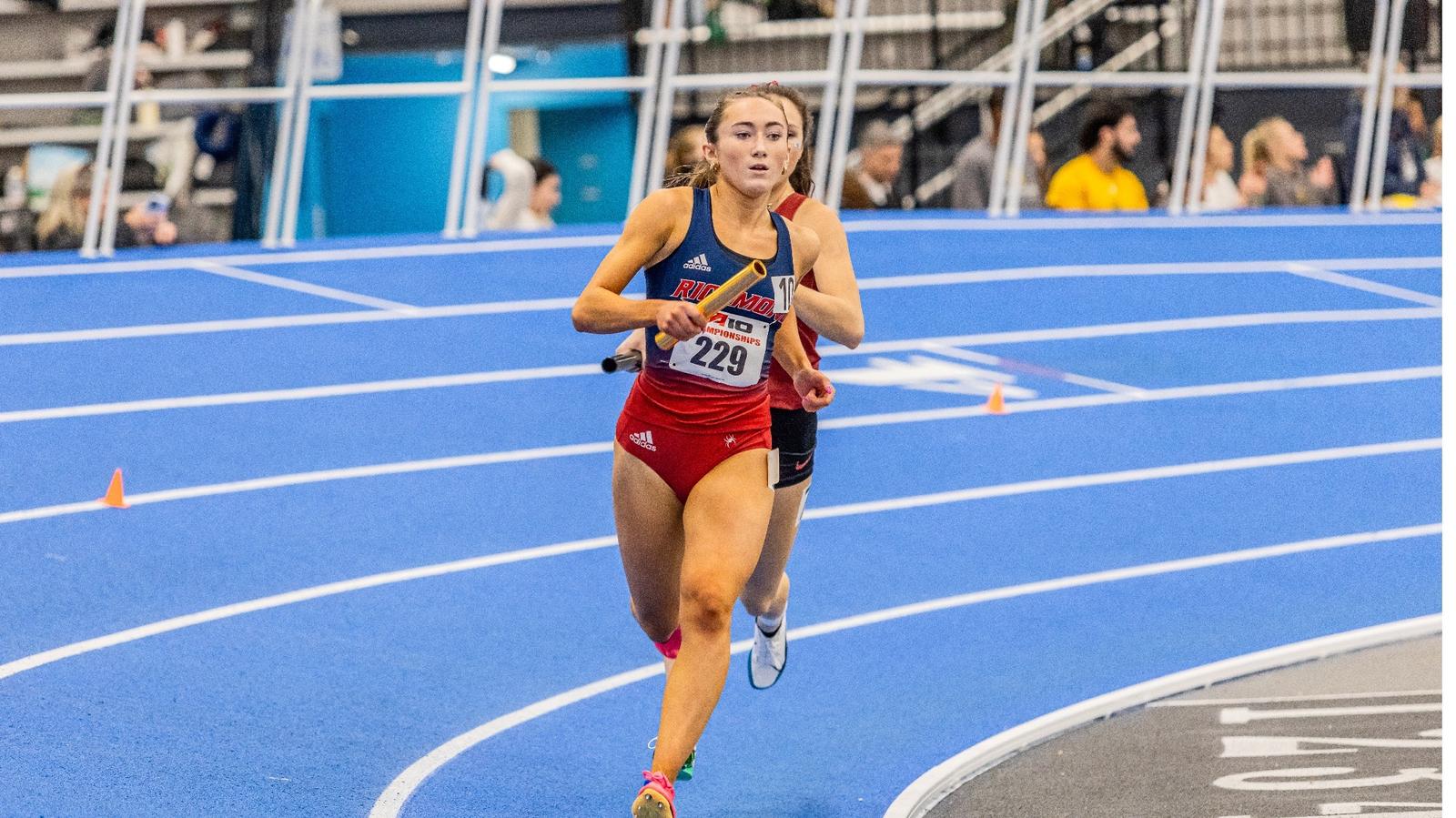
The Spiders open the new year with the VCU Rams Indoor Invite on Jan. 9 in Richmond, before traveling to the Wesley A. Brown Invitational at the Naval Academy on Jan. 16-17. Richmond will compete in a split weekend on Jan. 23-24, sending athletes to the VMI Invitational in Lexington, Va., and the Liberty Open in Lynchburg, Va.
Action continues Jan. 30-31 with another split meet, as the Spiders take part in the Penn State National Open in University Park, Pa., and the Patriot Games hosted by George Mason in Fairfax, Va.
February competition begins at the VMI Winter Relays on Feb. 6-7, followed by the ECAC/IC4A Championships at Boston on Feb. 7. The Spiders return to Liberty for the Darius Dixon Invitational on Feb. 13, then head back to Boston for the David Hemery Valentine Invitational on Feb. 14. The regular season concludes with the Father Diamond Invitational at George Mason on Feb. 20.
Postseason action begins at the Atlantic 10 Indoor Track and Field Championships on Feb. 27-28, with qualifying athletes advancing to the NCAA Indoor Track and Field Championships on March 13.
A complete schedule with meet times and additional details will be available on RichmondSpiders.com as the season approaches.
Sports
Former volleyball coach charged after viral video sparks investigation
Updated Dec. 16, 2025, 7:03 p.m. ET
A former volleyball coach who appeared in a viral sting operation video back in August has been formally charged. Levi Garrett, 34, was charged with dissemination of matter harmful to minors following an investigation.
A probable cause affidavit states he allegedly sent sexually explicit photos of himself to someone he thought was an underage boy. He appeared in a viral video by YouTuber Jidon Adams, prompting an Indianapolis Metropolitan Police detective to open up a case against him.
Sports
Track & Field | Virginia Track & Field Names Distance Carnival After Mark & Cynthia Lorenzoni
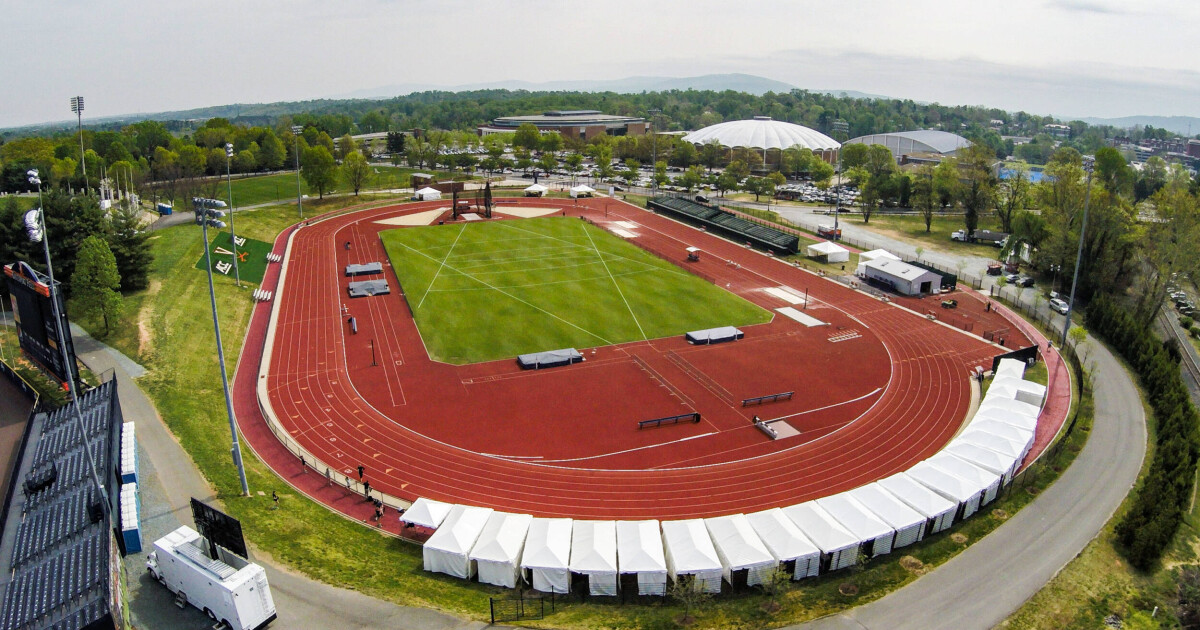
CHARLOTTESVILLE, Va. – The University of Virginia track and field program will name the prestigious distance carnival at the Virginia Challenge on Friday, April 17th, the Mark & Cynthia Lorenzoni Distance Night at the Virginia Challenge.
Virginia is set to host the annual Virginia Challenge outdoor track & field meet on Friday and Saturday, April 17-18 at Lannigan Field. The meet is known to feature high level competition across all event areas, but especially in the distance events. The distance carnival is set to be named in honor of long time Virginia Track & Field/Cross Country supporters, Mark and Cynthia Lorenzoni. The Lorenzonis have served the Charlottesville community for over 40 years as the couple co-owns The Ragged Mountain Running and Walking Shop with their two eldest children, Alec and Audrey.
“When I think about volunteerism and commitment to the community, it would be difficult to imagine any family doing more than Mark & Cynthia Lorenzoni,” said Director of Track & Field/Cross Country Vin Lananna. “For decades, Mark & Cynthia have positively impacted thousands of running enthusiasts. We are honored to recognize them with the Mark & Cynthia Lorenzoni Distance Night at the Virginia Challenge.”
“What an honor to be recognized in such a public arena and to be closely affiliated with an iconic program that has not only given our family so much to cheer for, but even more importantly, has enriched our lives through the hundreds of special friendships we’ve had the pleasure of sharing with our wonderful UVA Track & Field coaches and athletes over the past 45 years,” said Mark Lorenzoni.
A running family, M. Lorenzoni began his running career back in high school. A recreational runner throughout college, M. Lorenzoni took up road racing and even began his amateur coaching career by coaching his wife, Cynthia. Since then, he has coached runners at all levels while also continuing to run himself.
“What a wonderful surprise and great honor to have our family name affiliated with this magnificent program in such a thoughtful way,” said M. Lorenzoni.
Also beginning her career back in high school, Cynthia Lorenzoni was undefeated in cross country and track & field before going on to compete in college at Michigan State. As a Spartan, C. Lorenzoni finished runner-up at the Big 10 Cross Country Championships during her freshman season and finished 16th at the NCAA Cross Country Championships the same year. After college, she continued to train and compete post collegiately winning the Marine Corps Marathon twice, recorded a 13th place finish at the Boston Marathon and posted a personal best time of 2:38 in the marathon.
“We are humbled by this genuinely thoughtful gesture and we’re very grateful to Coach Vin, his hardworking and caring staff, to [Virginia Director of Athletics] Carla Williams and especially to all of our wonderful “kids” (what we fondly call our UVA Track & Field athletes) for this incredible honor,” said M. Lorenzoni.
Mark and Cynthia, who have four children that all ran cross country in high school, have served the community for over 45 years. Not only as the founders of The Ragged Mountain Running and Walking Shop but between the two of them have also served on nearly 30 not-for-profit community boards and having directed, on a volunteer basis, close to 900 local races that have raised over $8 million for area organizations.
“Giving back to a sport that has given so much to our family, in so many meaningful ways, has truly been both one of the easiest and most rewarding things in our life together,” said M. Lorenzoni.
The Lorenzonis commitment to the sport of cross country and track & field is evident not only in their personal pursuits and community endeavors but also in their continued support of the Virginia Track & Field/Cross Country program. The first annual Mark & Cynthia Lorenzoni Distance Night at the Virginia Challenge is set to take place on Friday, April 17th at Lannigan Field.
-
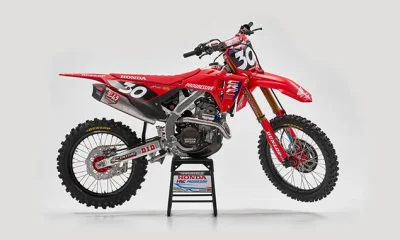
 Motorsports3 weeks ago
Motorsports3 weeks agoJo Shimoda Undergoes Back Surgery
-
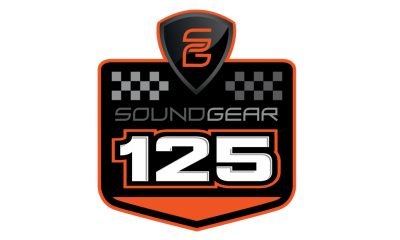
 Motorsports7 days ago
Motorsports7 days agoSoundGear Named Entitlement Sponsor of Spears CARS Tour Southwest Opener
-

 NIL2 weeks ago
NIL2 weeks agoBowl Projections: ESPN predicts 12-team College Football Playoff bracket, full bowl slate after Week 14
-

 Rec Sports3 weeks ago
Rec Sports3 weeks agoHow this startup (and a KC sports icon) turned young players into card-carrying legends overnight
-
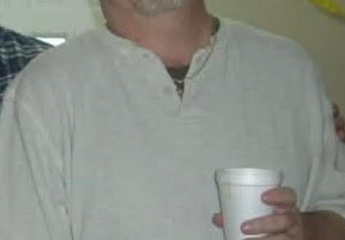
 Rec Sports3 weeks ago
Rec Sports3 weeks agoRobert “Bobby” Lewis Hardin, 56
-
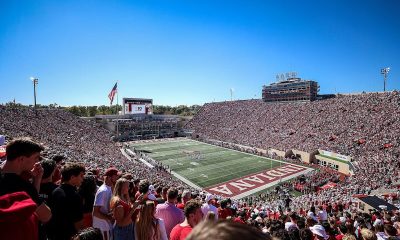
 NIL3 weeks ago
NIL3 weeks agoIndiana’s rapid ascent and its impact across college football
-

 Motorsports3 weeks ago
Motorsports3 weeks agoPohlman admits ‘there might be some spats’ as he pushes to get Kyle Busch winning again
-
Sports3 weeks ago
Wisconsin volleyball sweeps Minnesota with ease in ranked rivalry win
-
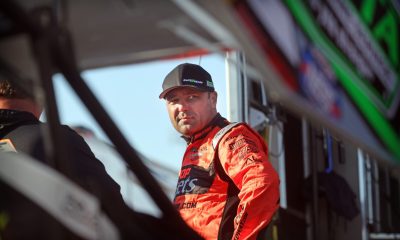
 Motorsports1 week ago
Motorsports1 week agoDonny Schatz finds new home for 2026, inks full-time deal with CJB Motorsports – InForum
-
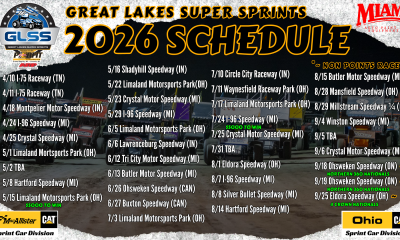
 Motorsports3 weeks ago
Motorsports3 weeks agoIncreased Purses, 19 Different Tracks Highlight 2026 Great Lakes Super Sprints Schedule – Speedway Digest

























































